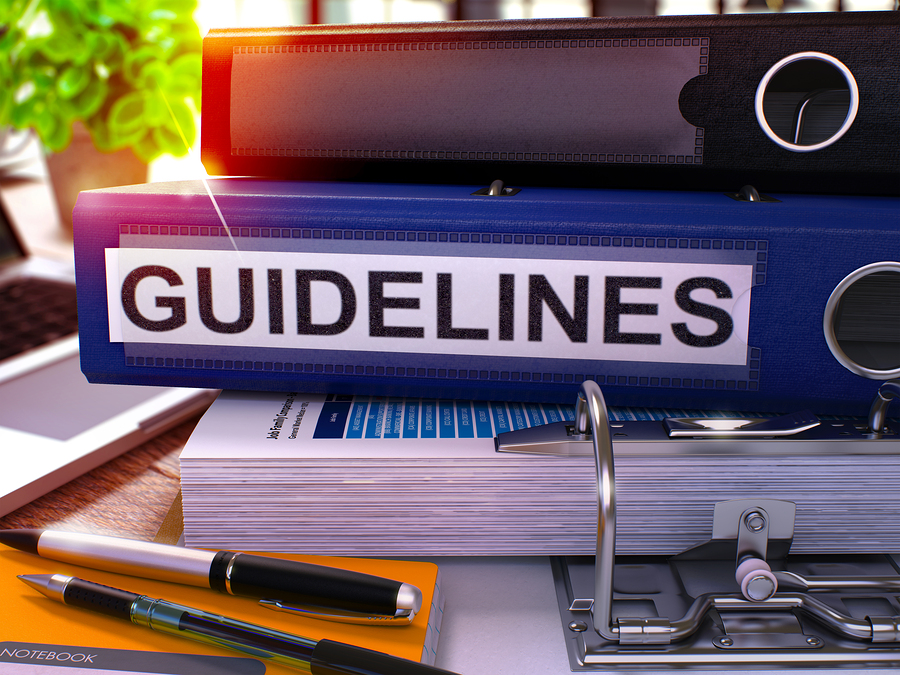FDA Warns of Serious Breathing Problems Caused by Gabapentinoids
/By Pat Anson, PNN Editor
The U.S. Food and Drug Administration is warning that serious breathing problems can occur in patients who use gabapentin or pregabalin with opioids or other drugs that depress the central nervous system. The elderly and patients with lung problems are at higher risk when they use the drugs, according to an FDA drug safety communication.
The advisory is the latest in a series of warnings about gabapentinoids, a class of nerve medication increasingly prescribed as an alternative to opioid painkillers. There are growing reports of gabapentinoids being abused or raising the risk of overdose and suicide.
“Reports of gabapentinoid abuse alone, and with opioids, have emerged and there are serious consequences of this co-use, including respiratory depression and increased risk of opioid overdose death,” Douglas Throckmorton, MD, deputy director for Regulatory Programs in the FDA’s Center for Drug Evaluation and Research, said in a statement.
“In response to these concerns, we are requiring updates to labeling of gabapentinoids to include new warnings of potential respiratory depressant effects. We are also requiring the drug manufacturers to conduct clinical trials to further evaluate the abuse potential of gabapentinoids, particularly in combination with opioids, with special attention being given to assessing the respiratory depressant effects.”
Gabapentinoid products include gabapentin, which is marketed under the brand name Neurontin, and pregabalin, which is marketed as Lyrica. Generic versions of the drugs are also available.
Gabapentinoids were originally developed to prevent seizures, but their use has tripled over the past 15 years. The drugs are approved to treat a variety of chronic pain conditions, such as fibromyalgia, neuropathy and shingles. They are also widely prescribed off-label.
According to the FDA, over 13 million people filled a prescription for gabapentin in 2016, while over 2 million patients were prescribed pregabalin. Nearly one in five of those patients were also taking opioids.
“Pairing an opioid with any CNS depressant – a gabapentinoid, benzodiazepine, sedating antidepressant, sedating antipsychotic, antihistamine, or other product – will increase the risk of respiratory depression. Shifting treatment from one CNS depressant to another may pose similar risks,” the FDA said.
A Dozen Deaths
The agency said it received 49 case reports of serious breathing problems in patients taking gabapentinoids, including 12 people who died from respiratory depression. It’s advising doctors, caregivers and patients taking gabapentinoids to be alert for signs of confusion, disorientation, dizziness, sleepiness, slow or shallow breathing, unresponsiveness, or bluish-colored lips, fingers and toes.
A 2018 study by Australian researchers found that gabapentinoids often had side effects such as drowsiness, dizziness and nausea. Another study found that combining gabapentin with opioids significantly raises the risk of dying from an overdose. And a recent analysis of calls to U.S. poison control centers found a significant increase in suicide attempts involving gabapentin.
There have also been increasing reports of gabapentin and pregabalin being abused by illicit drug users, who have learned they can use the medications to heighten the high from heroin, marijuana, cocaine and other substances.
A recent study published in JAMA Internal Medicine found little evidence that gabapentinoids should be used off-label to treat pain and said their effectiveness was often exaggerated by prescribing guidelines. The CDC’s 2016 opioid guideline recommends gabapentin and pregabalin dozens of times as alternatives to opioids, without saying a word about their abuse or side effects.
“Our goal in issuing today’s new safety labeling change requirements is to ensure health care professionals and the public understand the risks associated with gabapentinoids when taken with central nervous system depressants like opioids or by patients with underlying respiratory impairment. However, we do not want to unintentionally increase opioid use by turning prescribers away from this class of pain medications,” Throckmorton said.


















